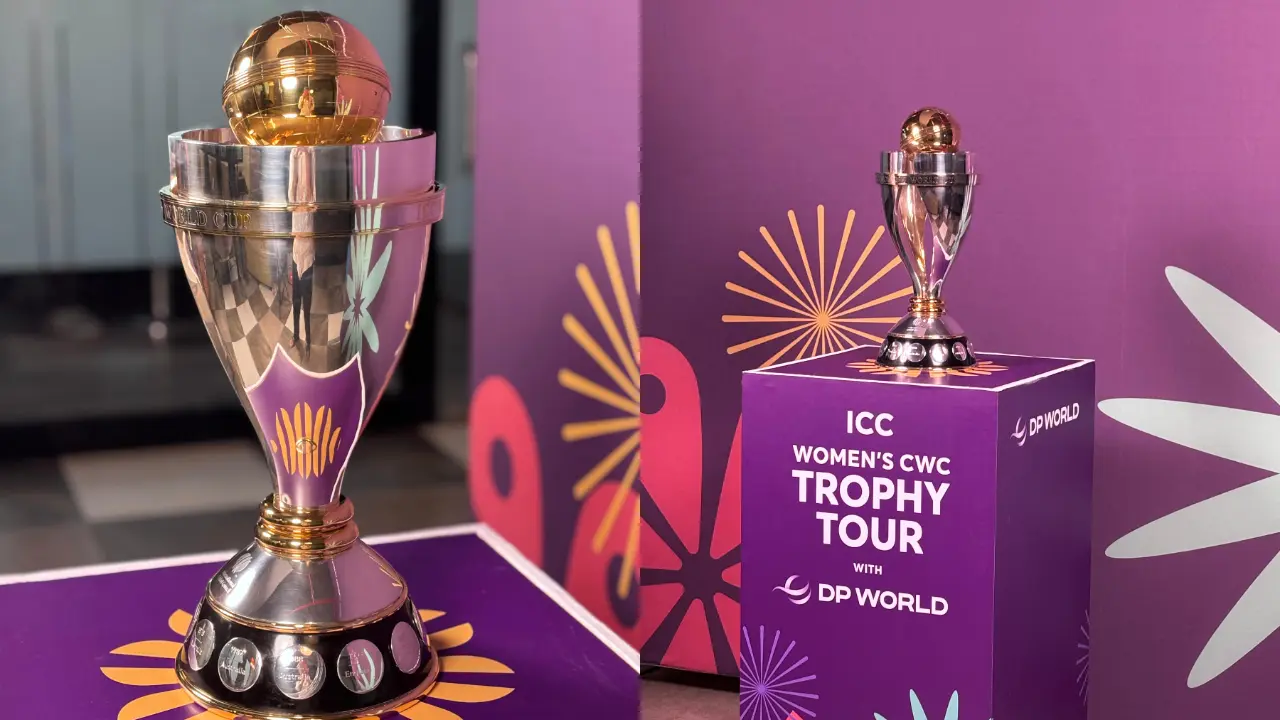The final of the 2017 Women’s ODI World Cup may be eight years behind us, but for Indian fans, it remains painfully vivid. That night at Lord’s, India was within grasp of a historic title. Just days earlier, Harmanpreet Kaur had produced one of the most explosive innings in World Cup history, an unbeaten 171 against Australia in the semi-final that electrified the sport. But in the final, dreams came undone in a mere nine-run heartbreak against England.
India’s women’s team have had their share of achievements. Four-time ODI Asia Cup champions (2004, 2005–06, 2006, 2008), they’ve pulled off stunning victories against some of the biggest names in world cricket. Kaur’s whirlwind knock in 2017 wasn’t just a match-winner, it was a message to every sceptic. And yet, the ultimate accolade, the ICC World Cup, remains painfully out of reach.
The 2025 edition now holds immense significance as a potential turning point. A World Cup win for India would be more than a trophy; it would be a cultural reset. It would silence those who still believe cricket is a ‘man`s game’, that rewrites Indian cricket history from a woman’s perspective.
India’s track record reflects both brilliance and heartbreak. Out of 330 ODIs, the team has emerged victorious in 182. They have reached the World Cup final twice, falling to Australia in 2005 by a crushing 98 runs, and then to England in 2017 by the slimmest of margins.
Now, with a balanced squad and home advantage, 2025 may well be their best shot yet. Led by the experienced and fiery Kaur, India enter the tournament with a core that blends seasoned campaigners and fearless youth. In Smriti Mandhana and Shafali Verma, they have an explosive opening pair capable of setting the tone. Renuka Singh brings firepower with the ball, and the bench strength is stronger than ever.
What India needs is not more talent, they have plenty. What they require is the killer instinct to finish what’s been left undone for too long.
Yet, the road ahead won’t be easy!
Australia, perennial favourites and serial winners in women’s cricket, arrive with a squad brimming with match-winners. Alyssa Healy’s aggression at the top, coupled with Ellyse Perry’s all-round prowess, makes them formidable. Their ability to absorb pressure and deliver across formats makes them the team to beat.
England, too, remain a dangerous outfit. They have consistently reached the final stages of ICC events and will be bolstered by a balanced squad. With experienced campaigners like Nat Sciver-Brunt, and young talent emerging from The Hundred, they bring flexibility and tactical nous. Many pundits have tipped them as a strong contender for the semi-finals, citing their recent bilateral series form and depth across departments.
Still, the emotional weight and narrative power of an Indian win would surpass all. Every close miss in the past only adds fuel to the fire. If Harmanpreet and her team do go all the way, the moment won’t just belong to them, it’ll belong to an entire generation waiting in the wings.

